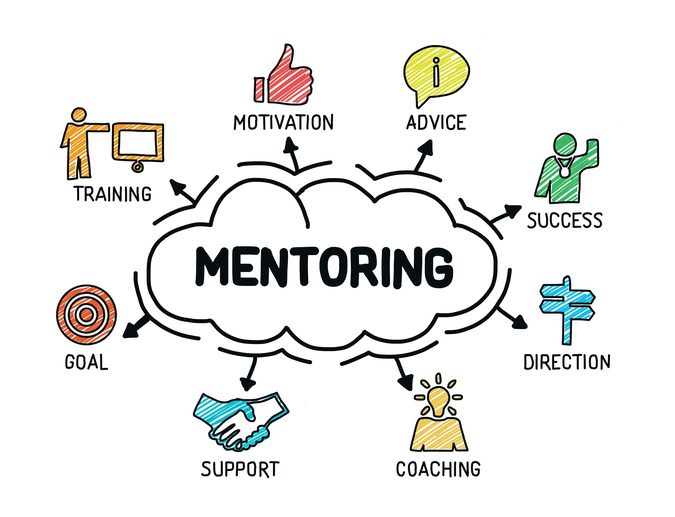It is a key task for every manager to develop the company’s next-generation competitive leader.
According to experts, a self-planted tree gives more plants and fruits than a purchased one. Similarly, a homegrown leader is much better than a hired one.
As a result, experts recommend finding the employees with high potential and put them through a strict program, multi-tasking, stretching assignments, and management classes, etc.
The goal for this is to elevate the employee’s single function to multi-tasking, meanwhile, to broader their vision.
Firstly, choosing potential candidates for a leadership program is the basic step, and for this one must judge the employees, their way of doing work, the potential to do work, the pace of doing work, thinking ability, and mainly the leadership qualities.
Most Importantly, a candidate should be trained properly, also below are discussed some program to enhance the capability of the candidate.
WHAT’S IN IT
Rotate candidate through different jobs

You must provide participants with firsthand expertise in numerous projects and functions inside your corporation. By doing so they will get contact with distinct branches and acquire new experience in just about every area.
Challenging candidates with unfamiliar jobs
For instance, stretching the assignments, these are growth-oriented exercises with some inherent risk that are designed to push participants past skills and to gain and achieve new heights for their skill.
Even on failure, offer a valuable lesson to candidates so that they can add new skills, increase their learning ability, solidify the employee commitment and improve their confidence.
Creating mentoring programs for candidates

Naturally, we all follow a pattern, that is paring employees with senior employees, who have much experience and knowledge at their company.
There should be partners meet for the first time, they should understand the mechanics of their relationship and decide how they will communicate. when will they meet when to meet outside meetings, etc.
Partners need to have acquainted with each other before handling a particular problem, and spending some time with each other
Talking work fashions, backgrounds and personalities build up confidence which pays in the future.
Learning growth
Other than giving a suitable program and coaching future leaders must be able to analyze the growth. One should be able to decide on one, and go if required for instant growth.
Ensure participants get frequent coaching and feedback
Candidate’s experience should be increased not stopped, so we want them to stretch but not break. Hence so we should make sure they have proper support for new assignments.
Frequent evaluations help to catch and address problems and also the candidate and these problems can be solved as early as possible.
Skill Transfer

This might be odd to read but it’s a fact. Let us go with this through a basic example we all know that in ancient times the medicine was Ayurveda, and it has all remedies. But, during development, we left them behind and we lost the natural medicine Ayurveda, as a result, it has to start from the beginning. So to avoid this we should have a skill transfer program, where experts, old retired workers, senior leaders should share the platform with new generation leaders to enhance their skillset.
Consider everyone’s advice
We do hear sometimes that old is gold. Hence, Don’t let old workers’ knowledge get wasted when they are retired from the job.
For instance, set up the mentoring programs between old skilled and experienced workers and high-potential future leaders.
Allow candidates to back off
Every tree cannot bring fruits, similarly, every candidate selected to be a leader cannot be a leader. Not every candidate will have what it all takes to be a good leader. Meanwhile, restart the program if required, Selection should not stop at any process.
Every participant may not have to start from the basic every time and have senior members of the program to help new candidates.
Giving them Roles

Giving them roles which can affect the whole organization or which affects a group of people is a good choice, a future leader needs to have solidity and confidence in the decision that is taken.
Rewarding Candidates
Rewarding is a very well known method to extract the best from someone, Other than money, Rewards can include standing out in front of staff for their appreciable decision, promoting them or giving a new hall of fame for their excellent work, etc.
Conclusion
As a result, A future leader should have different qualities like flexible with the job, deciding on one go. For the benefit of the employees and company and all these a trainee must go under rigorous training to develop a skillset and challenge accepting behaviour.
Also you can Read our Blog on Role Of Brikshaw four-dimensional model
FAQ’s
A person who is able to lead or command a group of people, community, organization or country.
Give them the task out of their comfort zone, Providing them business exposure, Challenging them with new task, setting them in a responsibility conditions.
A leader builds the value, keys, roles and behaviour. Without a leader it would be like a favourite dish without salt, there would not be any integrity and no standards o follow.
A leader sets the vision for the organization or company, motivates employees for their work. Guide the employees, with the work and its process. Also their task involves making an employee successful to achieve the goals.
Some key characteristics to determine the future leaders are:
Selflessness, Vision, Passionate, Ability, Communication and Integrity.
Some of the things which can help to empower the future leader are-
Sharing a vision with the future leader
providing ways to contribute to the vision
Respecting employees, their given opinions and their inputs.
Using failure as a learning opportunity
Encourage to do the work
Show them in public that you believe in them
Rewarding future leader in public and correct them in private
Allow the leader to explore new ways of doing the old things
Let the leader tackle the challenge himself
Future competitive leader program is a twelve-month development program which is designed to explore ambitious minds. This programme tests your creativity, energy, way of communication, ability to tackle challenges and many more.



